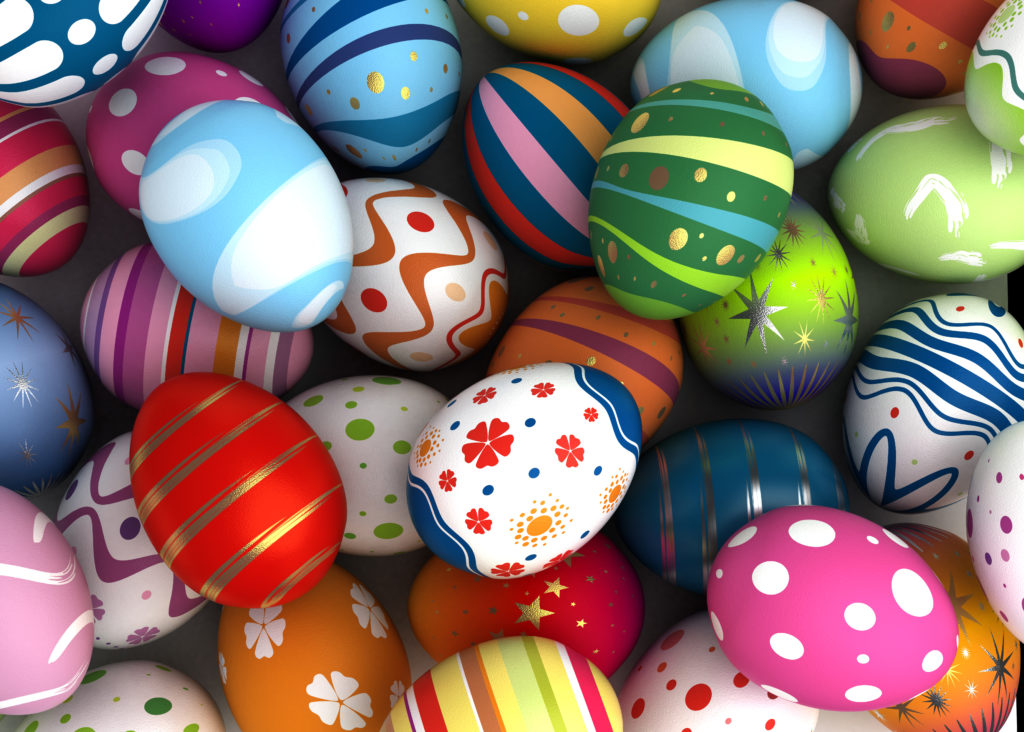Easter Eggs
Easter Eggs: The History of Egg Decorations
Like many holiday traditions, decorating eggs for Easter is a practice most of us grew up doing without really understanding the historical significance. In fact, egg decoration has been enjoyed for thousands of years — when your family sits to paint their Easter eggs, you are continuing a tradition as old as the ancient Egyptian pyramids. Learn more about the incredibly rich history of egg decorating with N.E.T. Egg.
Ancient Roots
Egg decorating has been around for so long that historians aren’t even certain when the practice first began. In fact, engraved ostrich eggs have been found in Africa that date back an almost unbelievable 60,000 years. To put that in perspective, anthropologists estimate our human ancestors were just beginning to leave Africa to populate the rest of the world. It is no stretch to say that the tradition of egg decorations pre-date human civilization.
Ancient cultures of Egypt, Mesopotamia, and Crete associated eggs with death and rebirth, as well as royalty. Gold and silver eggs were commonly placed in the graves of ancient Sumerians and Egyptians 5,000 years ago. This likely influenced later cultures and religions, especially Christian and Islamic cultures, to associate egg decoration with rebirth — helping to spread the custom throughout the world.
Early Christian Traditions
According to many historical sources, Christians adopted the practice of egg decoration early in the history of the religion, as they stained eggs red in memory of the blood of Christ. The Christian Church officially adopted the custom of egg staining in 1610, though the texts reference a long tradition of the practice.
Other historians estimate that the association between eggs and Easter likely arose in western Europe as a result of the fact that Christians were prohibited from eating eggs during Lent. Since eggs were still produced during this time, the best way to preserve them was by hard boiling the eggs. Then as Easter arrived, the decoration and consumption of “Easter eggs” grew to be custom.
There are legends among Eastern Christiandom that say that Mary Magdalene brought cooked eggs to share with other women at the tomb of Jesus, however, when she saw that Christ had risen, the eggs miraculously turned red. A different legend claims Mary Magdalene went to Tiberius, the Emperor of Rome, to proclaim that Christ had risen. In response, Tiberius stated, “Christ has no more risen than that egg is red.” After which, the eggs miraculously turned bright red.
Modern Easter Eggs
This long and storied history has led modern families to also practice the ancient tradition of Easter egg decoration. Though many people don’t realize the historical significance behind decorating easter eggs, the fact remains that it is a great activity for bringing family and friends together to celebrate with one another.
N.E.T. Egg is proud to carry on this tradition with our plastic eggs. Our eggs offer all of the fun without the cleanup. You can find plastic eggs filled with toys, candy, or empty, allowing you to customize the gifts found within. If you have questions about our products, give our team a call at 1-800-458-4116 today.

